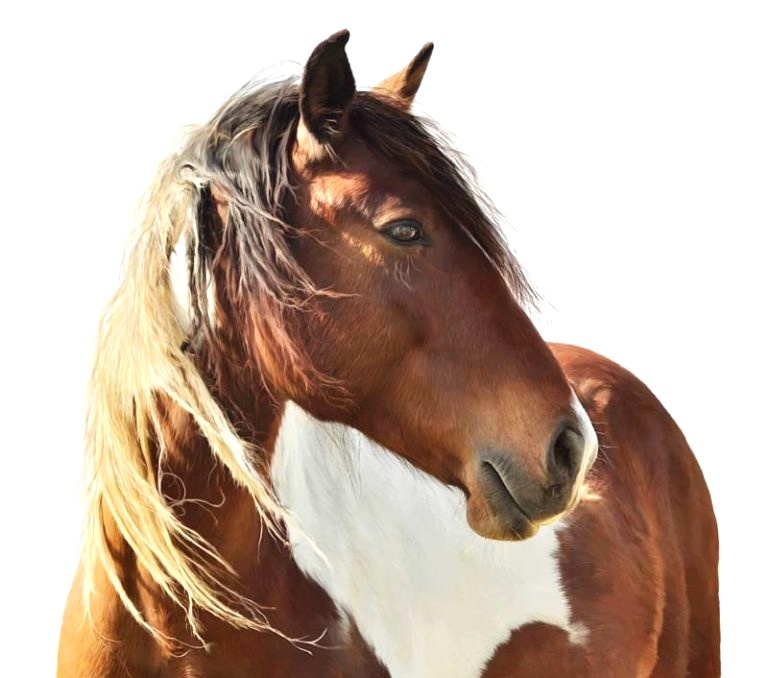Horse trials are an exciting and challenging equestrian event that tests both the horse and rider’s skill and endurance. While the basic format of the event is the same, there are variations in the rules and regulations that govern each competition. This article provides an overview of how horse trials work, including the different phases, scoring, and rules.
What Are Horse Trials?
Horse trials are an equestrian sport that combines the disciplines of dressage, show jumping, and cross-country. The event tests the horse and rider’s skill and stamina, as well as their partnership. The aim is for the horse and rider to complete all three phases flawlessly, with minimal faults. Horse trials can be held at any level, from grassroots to Olympic level.
Phases of Horse Trials
Horse trials consist of three phases: dressage, show jumping, and cross-country. Each phase tests the horse and rider’s skill and partnership in different ways.
Dressage
Dressage is the first phase of a horse trial and tests the horse’s obedience and training. The rider and horse will perform a set pattern of movements, known as a dressage test, that has been set by the competition organizers. The rider will be judged on their accuracy, execution, and control.
Show Jumping
The show jumping phase tests the horse’s agility and the rider’s skill. The course consists of a number of obstacles, such as fences, walls, and ditches, that the horse and rider must negotiate in a set order. The aim is for the horse and rider to complete the course in the fastest time, with the fewest faults.
Cross-Country
The cross-country phase is the most challenging and demanding phase of a horse trial. The course consists of a number of natural and artificial obstacles, such as water jumps, banks, and ditches, that the horse and rider must negotiate in a set order. The aim is for the horse and rider to complete the course in the fastest time, with the fewest faults.
Scoring
The horse and rider’s performance in each phase of the horse trial is scored by a panel of judges. The scores are then combined to give an overall score for the horse trial. The rider with the highest score is the winner.
Rules and Regulations
Each horse trial is governed by its own set of rules and regulations. These rules can vary depending on the competition, but generally they cover the following areas: eligibility, entry fees, classes, courses, and scoring.
Eligibility
To be eligible to compete in a horse trial, the horse and rider must meet certain criteria. This can include age, experience, and qualifications.
Entry Fees
Most horse trials will have an entry fee, which varies depending on the competition.
Classes
Horse trials are usually divided into classes, which are based on the horse and rider’s experience and ability.
Courses
The courses for the dressage, show jumping, and cross-country phases of the horse trial are set by the competition organizers. The courses must meet certain criteria and must be approved by the relevant governing body.
Scoring
The scoring system used at a horse trial will depend on the level of competition. Generally, the dressage, show jumping, and cross-country phases are scored separately, with the overall score being a combination of the three.
Conclusion
Horse trials are an exciting and challenging equestrian event that tests both the horse and rider’s skill and endurance. The event consists of three phases – dressage, show jumping, and cross-country – and each phase is scored separately. The rules and regulations that govern each competition can vary depending on the level of competition. By understanding how horse trials work, you can better prepare for your next competition.

